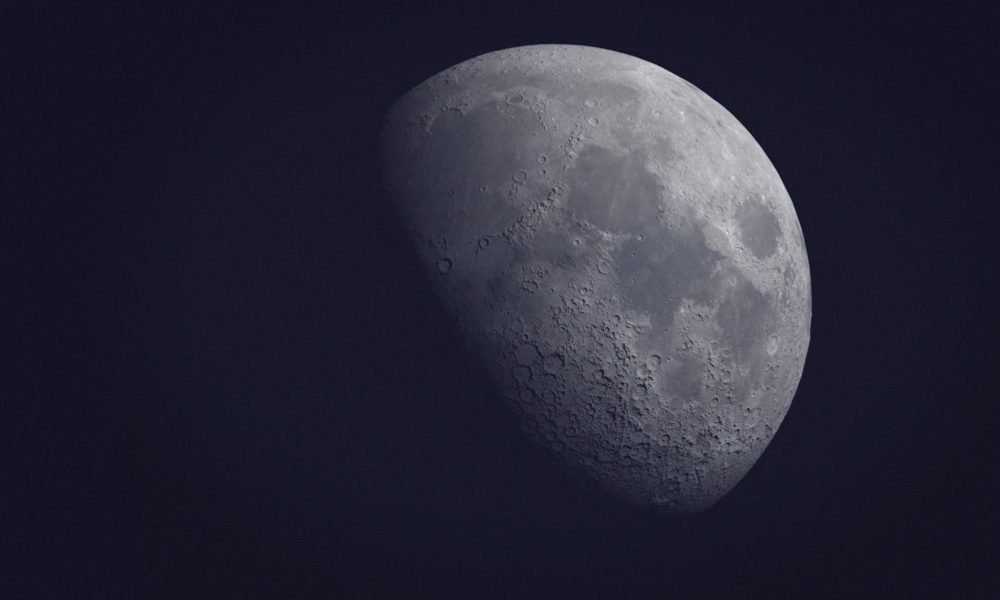
ESA Open Invitation to Tender AO9558
Open Date: 19/09/2018
Closing Date: 31/10/2018 13:00:00
Status: ISSUED
Reference Nr.: 18.1MS.13
Prog. Ref.: ExPeRT LEO & Moon
Budget Ref.: E/0116-41M – ExPeRT LEO & Moon
Special Prov.: BE+CH+CZ+DE+DK+ES+FR+GB+GR+IE+IT+NL+NO+PL+PT+RO+SE+CA
Tender Type: C
Price Range: 200-500 KEURO
Products: Satellites & Probes / Propulsion / Chemical Propulsion / Chemical Propulsion Systems
Techology Domains: Propulsion / Chemical Propulsion Technologies / Liquid Propulsion Systems
Establishment: ESTEC
Directorate: Dir of Human & Robotic Exploration Prog.
Department: Exploration Group
Contract Officer: Graziano, Patrizio
Industrial Policy Measure: N/A – Not apply
Last Update Date: 19/09/2018
Update Reason: Tender issue
The proposed study is one element in a multi-programme technology activity that has the objective to develop a high-performance rocket engine for exploration in the medium thrust range. The coordination of the activity within multiple programmes (E3P, TRP, GSTP, FLPP) allows leveraging the capability for multiple applications in particular space exploration and launchers.Phase-A/B1 Studiesfor lunar surface missions (MoonNext, LSR, LLB1, LPSR, HRLPM, HERACLES) have demonstrated a clear need for high-performance bi-propellant rocket engines with thrust levels in the medium range, i.e. higher than those provided by a single classical apogee boost motor (ABM). In the now consolidated mission scenario for lunar exploration with a sub-scale demonstrator mission (HERACLES) preceding human missions, the roadmap to develop such an engine for application in the lunar ascent vehicle has sufficiently matured to take the next step to define a mission-driven requirement set for the development leading to Breadboard Design Review (BDR) on engine level.The main application of the medium thrust bi-propellant engines is the ascent from a planetary surface with vehicles in the mass range of 1,000 kg (single engine) up to 10,000 kg (engine cluster). A thrust-to-mass on vehicle level of more than 3.5 N/kg is required in order to avoid significant gravity losses in the Lunar gravity field. In order to present a credible technological readiness for cornerstone 4 of the E3P, the preliminary design and testing of such high-performance and medium thrust engines must be completed prior to a potential SRR on system level (tentatively scheduled for 2019/2020) of the cornerstone 4 reference mission HERACLES independent of the specific mission scenario.In order to enable a multi-user development approach, a potential implementation with acommon development path of the high-performance exploration engine and a low-cost engine for micro launcher application has been identified as shown in the figure above. The common development of low-cost and high-performance comprises of the overlapping elementson engine subsystem level: injector, chamber, associated equipment (valves, piping, etc.), and testing. Unlike the pressurisation system (pump) or the nozzle, these components offer low production cost even if their design is driven by high-performance requirements. At some to-be-defined point along the development, the low-cost and high-performance versions of the engine will diverge prior to integration into the qualification and flight models of each version. Also the first step definition of engine requirements and validation of those will be separate.The proposed activity shall thus consolidate the current preliminary requirement set for thehigh-performance engine for exploration coordinated within ESA:Thrust: 6 – 10 kNMission lifetime: 200 daysMulti-mission lifetime: 5 10 yearsNumber of robotic missions: 1Number of missions in robotic scenario: 1 (2 optional)Number of missions in human scenario: 5Number of restarts during operational life: 10Target Specific impulse: 340s (as demonstrated on breadboard level by Aestus II+/RS72)Maximum continuous burn duration: 400sThrottle-ability: moderate (baseline 80% of total thrust, target 50% of total thrust)Single engine out probability during operations: <0.1%Basic mass including pressurisation, injector, chamber, nozzle, pipes, excluding structural elements: 18kg (excluding margins)In order to achieve the intended outcome, the following tasks are proposed:1. Review of reference missions and preliminary requirements2. Definition of trade-off parameters and design rationale3. Execution ofanalyses supporting design trades4. Definition of baseline concept on engine system level in preparation for associated GSTP studies (engine cycle, chamber pressure, pressurization system, injector type, chamber cooling, expansion ratio, nozzle cooling, etc.)5.Implementation of a top-level engine model enabling parametric analyses on vehhicle system level (i.e. Isp vs. engine mass trade-offs)6. Derivation of a consolidated requirement set on engine system level7. Specification of a design development and verification plan (DDVP) focusing on the immediate next steps for ‘proof of concept’ testing via simulation and hardware development models. The ability to include an early development model (DM) phase 2 of the overall activity shall be a major objective within the DDVP8. Documentation and managementTasks 1 and 2 shall be complete before the first progress meeting (after 2 months).
If you wish to access the documents related to the Invitation to Tender, you have to log in to the ESA Portal.
